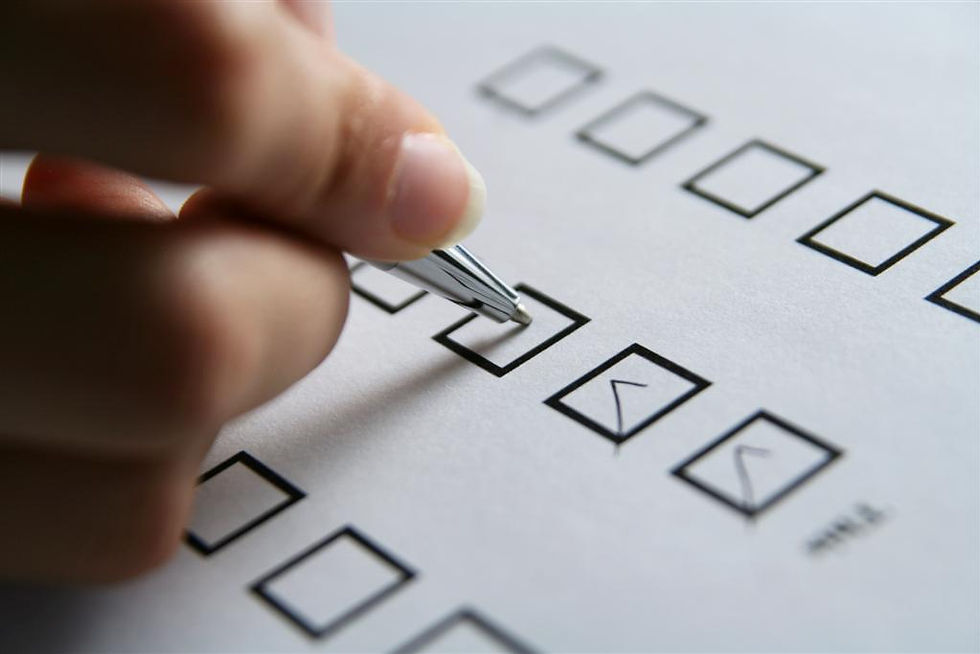How dentists go from "Routine-to-ruin"
- Stephen W. Harden
- Jul 28
- 3 min read
Most days in your operatory are VERY ROUTINE.
Just another day in the office with another patient.
But, about once every four years (on average) for every dentist, a serious patient emergency happens.
For far too many dentists, that patient emergency takes them from ROUTINE-TO-RUIN.
That path looks like this... Routine to... Hmmm-something-doesn't-look-right to... Denial: This-Can't-Be-Happening-to-Me to... Delay-in-Responding-to-the-Emergency to... Delay-in-Calling-911 to... Panic to... Chaos to... Bad Outcome to... Ruin.
Which is why...
One patient dies each day from medical events in dental settings. (Note 1)
How does Routine become Ruin?
How do you make sure this doesn't happen to you? Do what astronauts, fighter pilots, airline Captains, nuclear power plant operators, and submarine crews do...
PRACTICE MOCK DRILLS and USE COGNITIVE AIDS.
Research shows that using chair-side cognitive aids result in a 70% reduction in the omission of critical emergency management steps (e.g., attaching the automatic external defibrillator in a cardiac arrest scenario). (Note 5)
 |
What should you do if you are one of the 77%of dentists that have never done a mock emergency drill?
Start doing mock drills as soon as possible. If you don't know where to start, you could begin with this resource: Mock Medical Emergency Drills Guide. It is a COMPLETE walkthrough of how to conduct mock medical emergency drills. The guide shows you how to use Quick Reference Checklists during your mock drills.
It has EVERYTHING you need to develop total competency in handling a patient's medical emergency, inlcuding chair-side treatment algorithms for the 24 most common medical emergencies in dental offices. |
The FULL Guide contains...
|
There are other resources available to prepare you and your team to conduct mock drills with chair-side cognitive aids.Whatever resource you obtain, ensure all of the chair-side cognitive aid are pre-populated with the exact clinical information, action steps, medications, and dosages you need for that specific emergency.
Another important factor to check is to ensure all of the clinical information in the checklists has been reviewed by a panel of national experts in emergency preparedness. |
Most dentists will spend more than $99 for the AED in their dental office. For about half of their AED investment, they could ensure they use the AED correctly when it is needed to prevent disaster.
Take the next step in protecting your patients and your career.
Note 1: Data from Richard Marn, MD Note 2: Lee HH, Milgrom P, Starks H, et al. Trends in death associated with pediatric dental sedation and general anesthesia. Paediatr Anaesth. 2013;23:741–746. Note 3: https://www.nature.com/articles/4800073 Note 4: https://www.sciencedirect.com/science/article/pii/S0020653920317329 Note 5: Koers L, van Haperen M, Meijer CGF, et al. Effect of cognitive aids on adherence to best practice in the treatment of deteriorating surgical patients: a randomized clinical trial in a simulation setting. JAMA Surg. 2020;155:e194704 Note 6: Solanki C, Geisinger ML, Luepke PG, et al. J Dent Educ. 2021;85:1462–1470. |








Comments